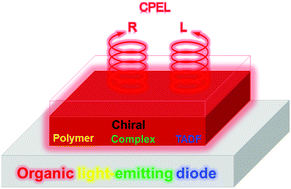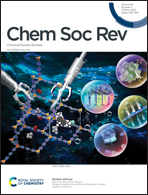Recent advances in circularly polarized electroluminescence based on organic light-emitting diodes
Abstract
Since the first attempt that was made to obtain direct circularly polarized (CP) light from OLEDs by Meijer et al. in 1997, considerable efforts have been devoted to the development of circularly polarized organic light-emitting diodes (CP-OLEDs), particularly in the recent years. Circularly polarized electroluminescence (CPEL) based on OLEDs has attracted increasing interest for its efficient ability to generate CP light directly and wide potential applications in 3D displays, optical data storage, and optical spintronics. In this review, we systematically summarize the recent progress in chiral emitter based OLEDs with CPEL properties including CPEL based on chiral conjugated polymers, CPEL based on chiral metal complexes, and CPEL based on chiral simple organic molecules, especially chiral thermally activated delayed fluorescence (TADF) molecules. We believe that this review will provide a promising perspective of chiral emitter based OLEDs with CPEL properties for a broad range of scientists in different disciplinary areas and attract a growing number of researchers to this fast-growing research field.



 Please wait while we load your content...
Please wait while we load your content...